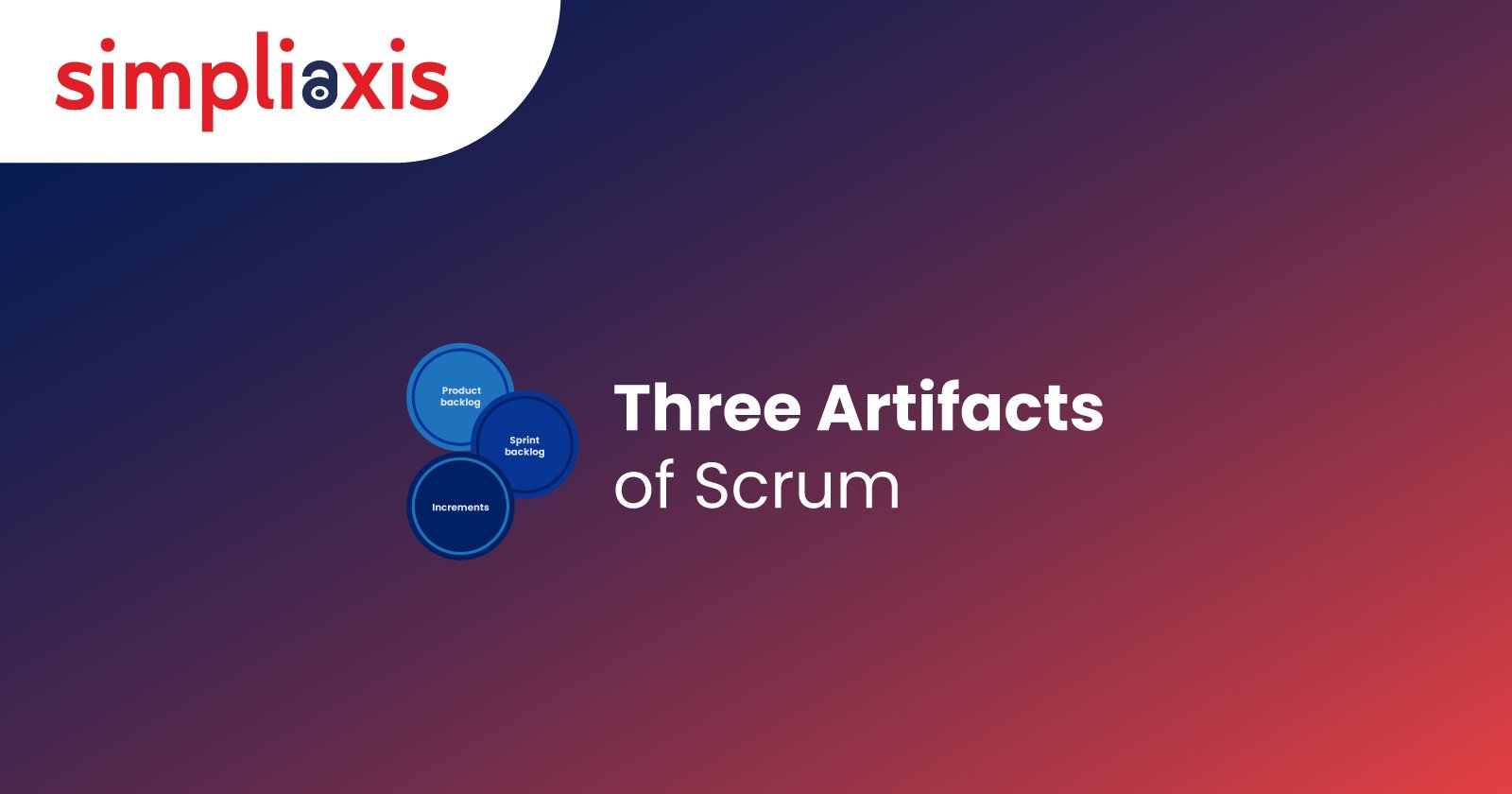Scrum is a popular Agile methodology that helps project managers and teams complete projects more effectively. It is beneficial for multiple and quick project accomplishments. In addition, the Scrum framework is based on three artifacts. These three artifacts of Scrum help you share essential information with your teams.
This article will discuss the three different artifacts in Scrum and essential tips for managing them throughout the project. We will also explain the tools for managing the 3 artifacts of Scrum and the concept of Artifact transparency. Reading this article might help you understand the three artifacts of Scrum.
What are The 3 Artifacts of Scrum?
Information used by a Scrum team and stakeholders to describe the steps completed during the project and the product development process is known as a Scrum artifact. They also provide helpful information regarding the performance of a sprint. Basic Scrum characteristics like transparency, adaptability, and inspection are made possible via Scrum artifacts, which can be considered Scrum tools. Artifacts are created during the Scrum sprint to organize the work and accomplish future objectives. In addition, it helps to organize tasks into sprints, prioritize, and analyze the sprint results to compare the goals' achievement.
What are the artifacts of Scrum? Three Artifacts of Scrum are the product backlog, sprint backlog, and product increments.
Product Backlog
It is the requirements list and product roadmap that help in product delivery. Also, It is regarded as the development team's prioritized task list. The job that needs to be finished on priority basis should be at the top of the product backlog list. The product owner never assigns work to the development team during a product life cycle.
How It Works:
Maintaining your product backlog is crucial to keeping the workflow smooth. Before preparing an iteration, the product owner checks the product backlog to ensure the previous iteration's feedback is considered. Backlog grooming is the term for this procedure, which aids in product backlog management. The product owner divides the long-term and near-term items on the backlog list. As a result, the product backlog may be considered a link between the development team and the product owner. Based on requirements and feedback, the product owner might rearrange the backlog of work.
Sprint Backlog
A sprint backlog signifies the specific tasks and activities of a sprint. It is one of the important artifacts among three artifacts of Scrum. The process pulls the work from the product backlog and prioritizes the tasks for the next sprint. The development teams make sprint backlogs to plan the outputs for future increments and list all the work needed to make the increment. In this regard, backlog refinement is essential to maintain the backlog list properly and eliminate the risk of working on incorrect items.
How It Works:
You take a job from the product backlog and break it into smaller, more manageable sprint items. It helps you to structure your teamwork before, after, and during a sprint. The effective utilization and implementation of the sprint backlog allow you to manage the sprint effectively and improve the sprint output. Each sprint backlog item has a user story explaining why it is on the sprint backlog and how the end user will use it. In addition, user stories offer sufficient information regarding the product's impact on the end users. Thus, based on the user story, tasks are created to justify the requirement of the user story.
Product Increment
It is an outcome of work that the Scrum team completes during a sprint. It signifies the steps taken to achieve the product goal. During a sprint, tasks from the product list were completed, which led to the delivery of a product increment to the customer. An increment is chosen during the Scrum planning. As per the Scrum guide, the product increment is created after the team achieves the goal by accomplishing a product backlog item. There is an increase whether the team releases it to the customer or not. Thus, multiple increments can be made within a single sprint; you must have some increment at the sprint's end.
How It Works:
The definition of done signifies the completed user story. It is the official list of the requirements the increment must meet to be considered finished. After completing each user story, DOD marks it complete and as done. When work meets the definition of done, a list of standards that the product owner sets is said to be achieved. Therefore, a product increment is ready to be shipped when all the user stories reach the DOD state.
Read More: Difference Between Product Backlog And Sprint Backlog
Tools to Manage the Three Artifacts of Scrum
Some tools help in effectively managing the three artifacts of Scrum. Let’s discuss them briefly:
Burndown Chart:
It shows a graphical representation of how quickly team members complete items from the product backlog. In addition, it shows how efficiently your team is managing resources and issues to achieve the goal. In a burn-down chart, the amount of work that needs to be done is usually on the vertical axis, and the amount of time is on the horizontal axis. In addition, assuming the time when all the work will be done is helpful. The Development Team keeps the Sprint Burndown chart up-to-date and plans out the work that needs to be done that day during the Daily Scrum.
Kanban Board:
It helps your team track and manage the sprint backlog to increase the viability of the work achieved and prioritize the pending work. A Kanban Board can be either a physical board or a digital board. If you look at the Kanban board, you can see what is still being worked on and what has been finished. This is a straightforward step that can lead to important insights. Depending on the process or workflow, it can be simple or extremely complicated.
Backlog Grooming:
The product owner should regularly review the backlogs and make changes based on feedback. This collaborative work culture will ensure that all the product's key features are considered. Backlog grooming involves selecting which user stories to work on in the next sprint, getting rid of stories in the stack that do not help the team reach their current goals. Also, it adds stories based on customer requirements, breaking large user stories into small tasks, and figuring out the appropriate deadline for the work.
What is Artifact Transparency?
Scrum entirely depends on transparency. The decision to modify the print is based on the transparency of the Scrum artifacts. If the artifacts are not transparent, then decisions can go wrong, increasing risk. Therefore, the scrum master communicates with the product owner, developers, and others to make the artifact transparent. Again, the scrum master has the authority to review the pattern of the artifacts and find the gap between the expected and the results.
Additionally, all team members must have access to and visibility into the artifacts. The product owner is also accountable for reviewing the artifacts to keep them transparent and relevant. This will help teams find inefficient processes and develop creative ways to speed things up.
Cloning Thoughts
Three artifacts of Scrum are important for any organization to keep the transparency and progress in the process. A CSM certification training can guide you regarding the Scrum artifacts and how to use them in a project. The Scrum Team and the people who have a stake in the project need to know about the artifacts to understand the product being built, the activities that are being planned, and the activities that have already been done. The Scrum Process Framework defines the following things.






















